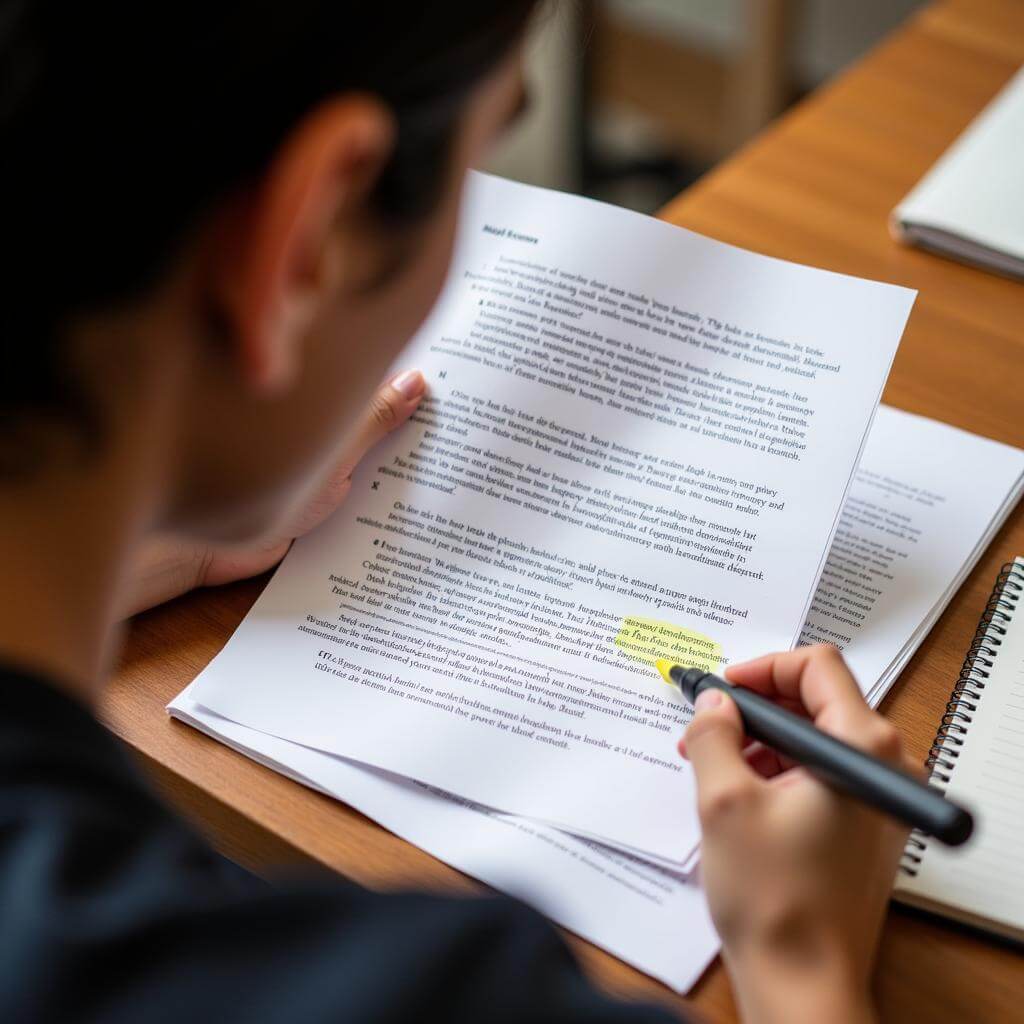Improving your grammar skills is crucial for success in the IELTS Writing test. By practicing with writing samples, you can enhance your understanding of grammatical structures and learn to apply them effectively in your own writing. This article will explore practical strategies to help you improve IELTS band 7 writing by using sample texts as a learning tool.
Understanding the Importance of Grammar in IELTS Writing
Before diving into practice techniques, it’s essential to recognize why grammar is a critical component of the IELTS Writing assessment. Grammar accuracy directly impacts your band score and helps you be representative of + noun structures in your writing, demonstrating linguistic competence.
The Role of Grammar in IELTS Scoring
IELTS examiners evaluate your grammatical range and accuracy as one of the four key criteria in the writing assessment. A strong command of grammar allows you to:
- Express complex ideas clearly
- Showcase a variety of sentence structures
- Avoid misunderstandings in your writing
- Demonstrate language proficiency
Strategies for Practicing Grammar with Writing Samples
Now, let’s explore effective methods to improve your grammar using IELTS writing samples.
1. Analyze Model Essays
Start by carefully studying high-scoring IELTS essays. Pay attention to:
- Sentence structures
- Verb tenses
- Use of conjunctions and transitional phrases
- Punctuation

2. Identify and Categorize Grammatical Structures
As you read through sample essays:
- Highlight different grammatical structures
- Create a list of these structures
- Categorize them (e.g., conditionals, relative clauses, passive voice)
- Note how they are used in context
This process helps you build a “grammar bank” for future reference.
3. Rewrite Sentences Using Different Structures
Practice rewriting sentences from sample essays using alternative grammatical structures. For example:
- Original: “The graph shows a significant increase in sales over the past year.”
- Rewrite: “A significant increase in sales over the past year is illustrated by the graph.”
This exercise enhances your flexibility in using various grammatical forms.
4. Complete Gap-Fill Exercises
Create gap-fill exercises from sample essays by removing key grammatical elements:
- Remove articles, prepositions, or verb forms
- Try to fill in the gaps without looking at the original
- Compare your answers with the original text
- Analyze any differences and understand the reasons behind the correct usage
5. Practice Error Correction
Intentionally introduce grammatical errors into sample essays and challenge yourself to identify and correct them. This method sharpens your editing skills and deepens your understanding of grammar rules.
6. Use Writing Samples as Templates
Select well-written sentences or paragraphs from sample essays and use them as templates for your own writing. Replace the content while maintaining the grammatical structure. This technique helps you internalize correct sentence patterns.
Dr. Emma Thompson, a renowned IELTS instructor, emphasizes:
“Using writing samples as templates is an excellent way to absorb complex grammatical structures. It’s like learning to dance by following the footsteps of an expert.”
7. Focus on Specific Grammar Points
Choose one grammar point at a time (e.g., conditional sentences) and search for examples in multiple writing samples. This focused approach allows you to see how the grammar point is used in various contexts.
Applying Your Grammar Practice to IELTS Writing Tasks
Once you’ve practiced with writing samples, it’s time to apply your improved grammar skills to actual IELTS writing tasks.
- Time yourself while writing practice essays
- Use the grammatical structures you’ve studied in your own writing
- Review your work, focusing on grammar usage
- Compare your writing with high-scoring samples
Remember, what are the IELTS writing skills that matter most? Grammar is just one aspect. Combine your improved grammar with strong organization, coherence, and lexical resource for the best results.
Conclusion
Practicing grammar with writing samples is an effective strategy to enhance your IELTS Writing performance. By analyzing, rewriting, and applying grammatical structures from high-quality essays, you can significantly improve your accuracy and range. Remember to integrate this practice with other IELTS academic writing tips for comprehensive preparation. Consistent practice and application of these techniques will help you approach the IELTS Writing test with confidence and skill.
FAQs
-
How often should I practice grammar using writing samples?
Aim for at least 3-4 sessions per week, focusing on different grammatical aspects each time. -
Can I use non-IELTS writing samples for grammar practice?
While IELTS-specific samples are ideal, high-quality academic or professional writing can also be beneficial. -
How do I know if I’m improving my grammar through this practice?
Track your progress by regularly attempting timed writing tasks and comparing them to earlier efforts. -
Should I memorize sentences from writing samples?
Instead of memorizing, focus on understanding the structure and adapting it to different contexts. -
How can I practice grammar if I don’t have access to many writing samples?
Utilize online resources, IELTS preparation books, and even well-written articles to supplement your practice materials. -
Is it helpful to practice grammar with a study partner?
Yes, working with a partner can provide valuable feedback and different perspectives on grammar usage. -
How does practicing with writing samples help with the IELTS Speaking test?
While primarily beneficial for writing, this practice can also improve your spoken grammar, enhancing overall language proficiency.